Nothing's first phone, aptly named Nothing Phone 1, was available in the UK, Europe, Japan, and India. As a US tech nerd, I was jealous. Competition in the Android space isn't quite as diverse here as it is in the places you can easily buy the Phone 1, and beyond its unique styling, Nothing's inaugural phone was widely praised as a good device at a good price. It felt like we were missing out.
So I'm excited Nothing's second phone, the Nothing Phone 2, is available here in the US, too. It keeps the same general feel as the Phone 1, but in a bigger, brawnier package. After a couple of weeks with the phone, I'm a fan — but iffy 4G compatibility on Verizon and middling camera quality will complicate the Phone 2 for a lot of Android fans, even at its $599 starting price.
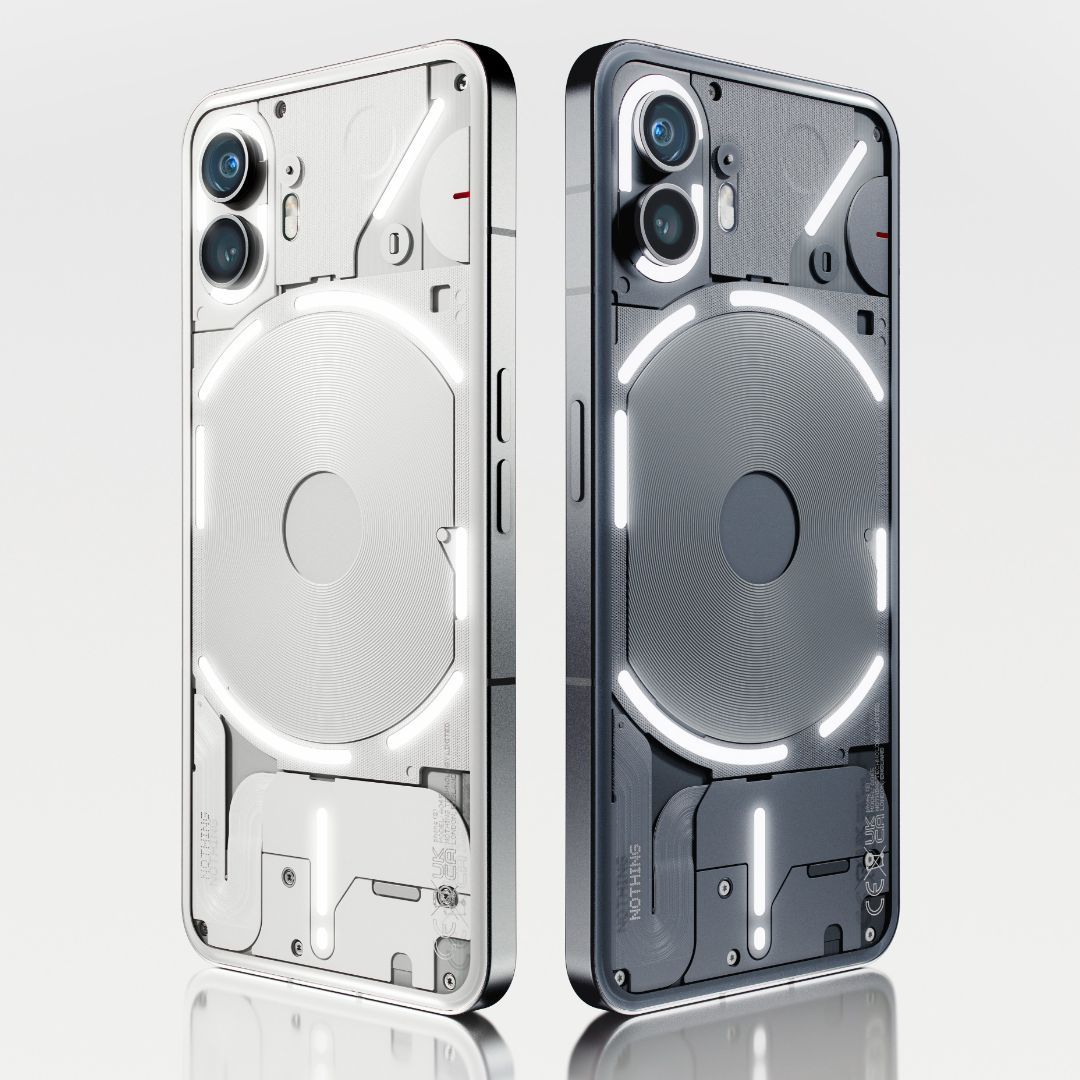
Nothing Phone 2
The Nothing Phone 2 is Nothing's second phone, but the company's first to be sold in the United States. At a starting price of $599, it's got a lot to offer, including a Snapdragon 8+ Gen 1 chipset, a 120Hz OLED display, 45W fast charging, and a unique design.
-
- SoC
- Qualcomm Snapdragon 8+ Gen 1
- Display
- 6.7" 1080p LTPO OLED, 120Hz
- RAM
- 8GB, 12GB
- Storage
- 128GB, 256GB, 512GB
- Battery
- 4,700mAh
- Operating System
- Android 13 with Nothing OS 2
- Front camera
- 30MP f/2.5
- Rear cameras
- 50MP f/1.9 primary; 50MP f/2.2 ultrawide
- Dimensions
- 162.1 x 76.4 x 8.6mm, 201.2g
- Colors
- White, Gray
- Charging
- 45W wired (2.25A only), 15W wireless
- IP Rating
- IP54
- Price
- $599 (8/128), $699 (12/256), $799 (12/512)
- Great performance
- All-day-plus battery life
- Clean software experience
- Looks neat
- Limited Verizon compatibility
- Cameras are hit-or-miss
Availability and network
The Nothing Phone 2 is available to order now on the company's website. In the US, the base model with eight gigs of RAM and 128 gigs of storage costs $599. You can upgrade to 12 gigs of RAM and 256 of storage for $699, or 12/512 for $799. It comes in either white or gray, though the $599 version with eight gigs of RAM only comes in gray.
While it's currently just available direct from Nothing, the Phone 2 is certified for use on both AT&T and T-Mobile. It's not certified for Verizon's network. You can still use it on Verizon, and sub-6 5G connectivity will work just fine. But the Nothing Phone 2 lacks support for LTE band 13, which is important for Verizon's 4G coverage. If you're on Verizon (or an MVNO that uses its network) and depend on 4G connectivity, the Nothing Phone 2 probably won't work for you.
Design and display
The Nothing Phone 2 carries on the distinct design language of the Phone 1, with a similar transparent back showing off some gussied-up internals and Nothing’s trademark Glyph interface. The most immediately noticeable differences from one generation to the next are the Phone 2’s size — it’s got a 6.7” display, a bit larger than the Phone 1’s 6.55” panel — and color options. While the Phone 1 came in white or black, the Phone 2 comes in white and the sort of smoky gray you can see in the photos here.
That gray color helps show off an additional new detail: the components under the transparent back panel have more texture than they did in the Phone 1, which makes the Phone 2 all the more visually appealing, with light playing on the tiny bumps and ridges in interesting ways. Unlike the Phone 1, which had flat glass on the back, the Phone 2’s back panel curves slightly at the edges to meet the iPhone-style flat aluminum frame (Nothing calls it “pillowed glass”). I think the Phone 1's flat back was a cleaner look, personally.
The Glyph lights on the back of the phone are a little different this time around, with an updated layout and more individually controllable zones than the Nothing Phone 1 had. They still only light up in one color, though — these aren’t tiny RGB strips.
Aside from those differences, the aesthetic here is very much in line with the Nothing Phone 1. Nothing tells me this was intentional; the company wants to establish a firm, recognizable visual identity that can extend to future generations of devices. I can’t complain there. Even if it’s not radically different year-over-year, Nothing’s design language is still unique and striking compared to most other phones today.
The hardware feels quality, too: there's no creaking or flexing, the buttons are clicky, and the haptics are nice and firm, if a little loud. The phone is IP54 rated, so it's splashproof, but you still try not to submerge it in water.
The Phone 2's display is a 6.7", 120Hz OLED panel. It's a little larger than the Phone 1's screen, and the hole-punch cutout for the selfie camera is centered this time, rather than tucked into the top left corner. It's a good screen: colors are vibrant, viewing angles are good, and 1080p is plenty crisp. There's also a plastic screen protector pre-installed. The protector on my review unit was scratched up within hours of unboxing the phone and I ended up removing it a few days later, but it's still a nice little bonus.
There's an optical fingerprint sensor near the bottom of the screen. The scanner is just a touch lower in the display than I'd like, but it's a good one: it's faster and more reliable than the sensors in Google's Pixel 7 phones, though not quite as quick as the ultrasonic scanners Samsung uses in its flagships.
Software and performance
Nothing’s software looks fundamentally the same on the Phone 2 as it did on the Phone 1. The company’s applied the same light touch to customizing Android 13 as it did Android 12: the UI here feels a lot like Google’s flavor of Android. If that's still too exotic for your taste, you have the option to choose stock Android over Nothing OS when you're first setting the phone up.
I like Nothing OS, though; none of the tweaks Nothing makes get in the way or feel forced. While the Phone 2 mostly uses Google’s system apps — Phone, Messages, Calculator, Clock, and more — there are a couple of Nothing-branded apps and a handful of widgets in the company’s distinct dot-matrix style. And mercifully, there’s no bloat: no preinstalled games or social media, and no apps that double up on functionality (looking at you, Samsung).
There’s no bloat: no preinstalled games or social media, and no apps that double up on functionality.
You have the option to add Nothing’s widgets to your lock screen, though I don’t know that any of them are useful enough to justify giving up notification real estate — and I wish it wasn't limited to just Nothing's own. You can also blow up individual app and folder icons on your home screen to fill four spots rather than one if you want, and Nothing’s launcher has a feature that optionally forces all your app icons to show as monochrome, even those that don’t yet support dynamic themes. You can also use standard icons, proper Material You theming, or custom icon packs from the Play Store.
Nothing promises three years of Android updates — that'll see the Phone 2 through Android 16 — and four years of bi-monthly security patches. Nothing has only existed as a company since 2020, though, and released its first phone just last year, so it's hard to predict what long-term support will look like. That said, the Phone 1 is yet to fall behind on updates, and I'm hopeful Nothing will be able to deliver.
The Nothing Phone 2 is powered by a Snapdragon 8+ Gen 1 chipset and either eight or 12 gigs of RAM. The 8+ Gen 1 was Qualcomm's 2022 flagship CPU, found in devices like the Samsung Galaxy Z Fold 4 and the OnePlus 10T. It's not as powerful as this year's Snapdragon 8 Gen 2, but the Phone 2 is still a remarkably snappy device. Apps don't feel remotely slow to open, multitasking works great, and gaming performance is reliably smooth.
My review unit is the $699 model that comes with 12 GB of RAM, but I don't think most people would miss those four extra gigs. If you happen to need more than 128 gigabytes of storage, the added RAM is nice headroom to have, but otherwise, you should be safe with the $599 base model.
Glyph interface
Nothing’s Glyph interface is back in the Phone 2. The basic principle is the same: under the transparent rear glass, you'll find strips of LEDs. When you get a notification, they light up. You can assign different notifications different light patterns, and create custom ringtone/Glyph combos using Nothing’s Glyph Composer feature. The Flip to Glyph feature from the Phone 1 makes a comeback, too: when you put the Nothing Phone 2 face down, your notifications are silenced, letting the Glyph lights do all the work.
There are a few handy new additions, though. You can configure notification channels from any app as Essential Notifications, which make one of the Glyph strips light up and stay lit until you view or dismiss them. That alone makes the Glyph lights much more useful — you can keep your phone face down and still know at a glance whether it needs your attention.
There’s a new Glyph Timer feature that uses one of the Glyph strips as a sort of progress bar for timers, though, strangely, only ones you set from a certain widget or the phone's settings, not from the Clock app. Nothing’s also built an experimental feature for the Uber app that shows your ride’s progress using the Glyph interface. I haven’t had the chance to try that yet; it’s neat in theory, but I imagine I’d still be keeping a close eye on my phone’s screen if I were waiting for a ride.
In all, the Glyph lights don't add a ton of utility; a single notification LED on the back of the phone would more or less accomplish the same thing. But they look cool, and they don't detract from any other aspect of the phone. It might be a gimmick, but at least it's a harmless one.
Cameras
The Nothing Phone 2 has two 50-megapixel rear cameras: one primary at f/1.9 and one ultrawide at f/2.2. Photo performance is mixed.
In good light, the Phone 2 typically takes good pictures. Colors look natural, detail is sharp, and shadows are refreshingly dark — while many smartphone cameras aggressively brighten darker areas in photos, the Phone 2 is content to let them fall to near-black a lot of the time. I appreciate that.
Things get a little trickier in more challenging lighting conditions. While the Phone 2 is using tried-and-true camera hardware (its primary shooter uses the same sensor as the OnePlus 11), Nothing's photo processing needs work. In high-contrast scenes, it's not unusual to lose detail in both highlights and shadows.
Three sets of standard vs. ultrawide shots.
The cameras also tend to use excessively long exposures in dark settings. That's sort of a good thing: a longer exposure means a brighter photo. But I've seen shutter speeds for single exposures as slow as 1/5. At such low speeds, even with optical image stabilization, it's hard to get a clear handheld photo.
Shutter lag is an intermittent problem as well. Even in relatively bright light, the Phone 2 will often take a beat to actually snap a photo after you press the shutter button. It's not always an issue, but I've missed a few pictures of moving subjects because of an unexpected half-second pause before the phone took my photo.


Portrait mode.
These cameras aren't bad; I've taken plenty of pictures I really like with the Nothing Phone 2. But even at their best, they can't quite compete with other phones in this price range. Hell, last year's Pixel 6a takes appreciably better photos most of the time — and that phone has been as cheap as $250 on sale.
Battery and charging
The Nothing Phone 2 comes with a 4,700mAh battery that, for me, has no trouble making it through at least a full day of use. I've consistently gotten six-plus hours of screen time across 24 or more hours away from a charger — and that figure holds true even with battery-intensive tasks like gaming and Google Maps navigation in the mix. With light use, I wouldn't be at all surprised to see the Phone 2 make it a full 48 hours between charges.
There's 45-watt fast charging here that Nothing says can get the Phone 2's battery from zero to 100 in under an hour. That speed does require a PPS charger that can deliver power at 2.25 amps, though, and not all can. At 5A, charging is limited to 15 watts. A full charge at 15 watts takes about an hour and 15 minutes. The Phone 2's also got wireless charging at up to 15 watts, plus reverse wireless charging at up to five watts.
Competition
At a starting price of $599, the Nothing Phone 2 offers a compelling blend of style and performance. Google's Pixel 7 also starts at $599. The Pixel offers much better camera performance and Google's killer software features like Assistant-powered call screening. It's also guaranteed security patches until October 2027, more than a year longer than Nothing's July 2026 target, and is fully compatible with Verizon, 4G and all. But the Nothing Phone 2 has longer battery life and a larger, faster display — 120Hz to the Pixel 7's 90.
The OnePlus 11 retails for $699, but it's often available for the same $599 the Nothing Phone 2 costs at launch. The OnePlus 11 is a little quicker, has a higher-resolution 1440p display, and generally better camera performance (plus a 2x telephoto lens). It's also got crazy-fast wired charging at 80W with the included charger. The Nothing Phone 2 has wireless charging, though; the OnePlus 11 doesn't. And OnePlus's OxygenOS is a more heavily customized version of Android than Nothing OS, if stock-ness matters to you.
Should you buy it?
Given the Nothing Phone 2's strong performance, competitive price point, and generally okay cameras, it's easy to see parallels with the phones OnePlus was making back in its "flagship killer" days, then under Nothing founder Carl Pei's leadership. I think this phone will appeal to the same type of enthusiast customers who liked OnePlus's early phones: people who want a viable, interesting alternative to more mainstream options at a fair price. General availability in the US is going to expose the Phone 2 to a bigger pool of those enthusiasts than the Nothing Phone 1 enjoyed, too, and I'm interested to see how it affects the upper-midrange market it's competing in.
But that market is more crowded than it was years ago, and while the Nothing Phone 2 punches above its weight on performance, display quality, and style, camera quality isn't quite up to snuff compared to other phones that cost about the same — or even less. Missing LTE band 13 compatibility and Verizon certification will also naturally put off a lot of Verizon subscribers, and the Glyph lights on the back of the phone, neat as they are, really don't add much to the experience. There's clear room for improvement in these areas, even considering the Phone 2's sub-flagship price.
Overall, though, I really like the Nothing Phone 2. It's fast, it lasts all day, and it doesn't look quite like any other phone on the market — at least not here in the US. If you're not on Verizon (or you're really confident in Verizon's 5G coverage), and you don't need the most camera you can get for the money, the Nothing Phone 2 is a really good phone at $599.

Nothing Phone 2
The Nothing Phone 2 is Nothing's second phone, but the company's first to be sold in the United States. At a starting price of $599, it's got a lot to offer, including a Snapdragon 8+ Gen 1 chipset, a 120Hz OLED display, 45W fast charging, and a unique design.
https://ift.tt/aDowT3P
Technology
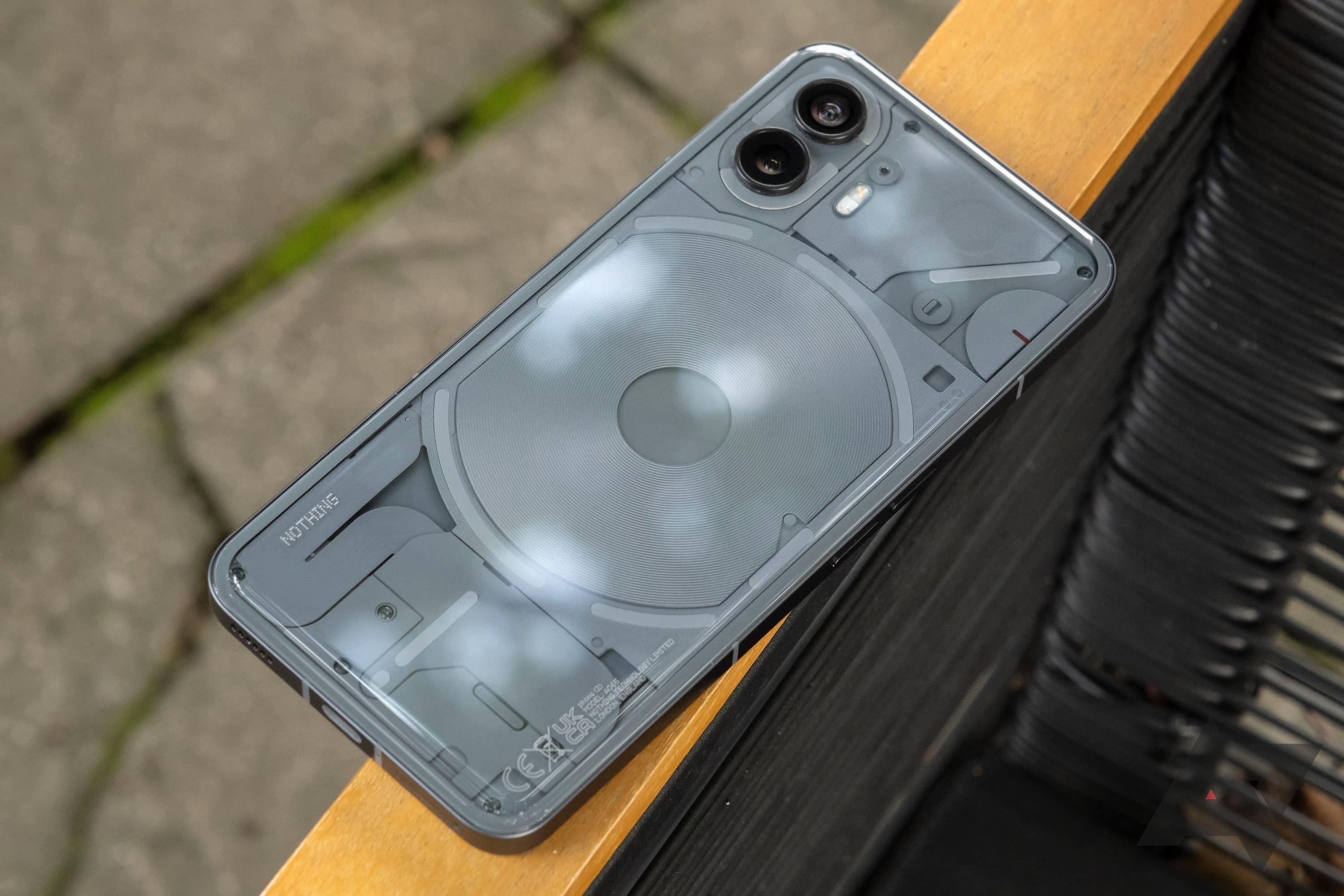
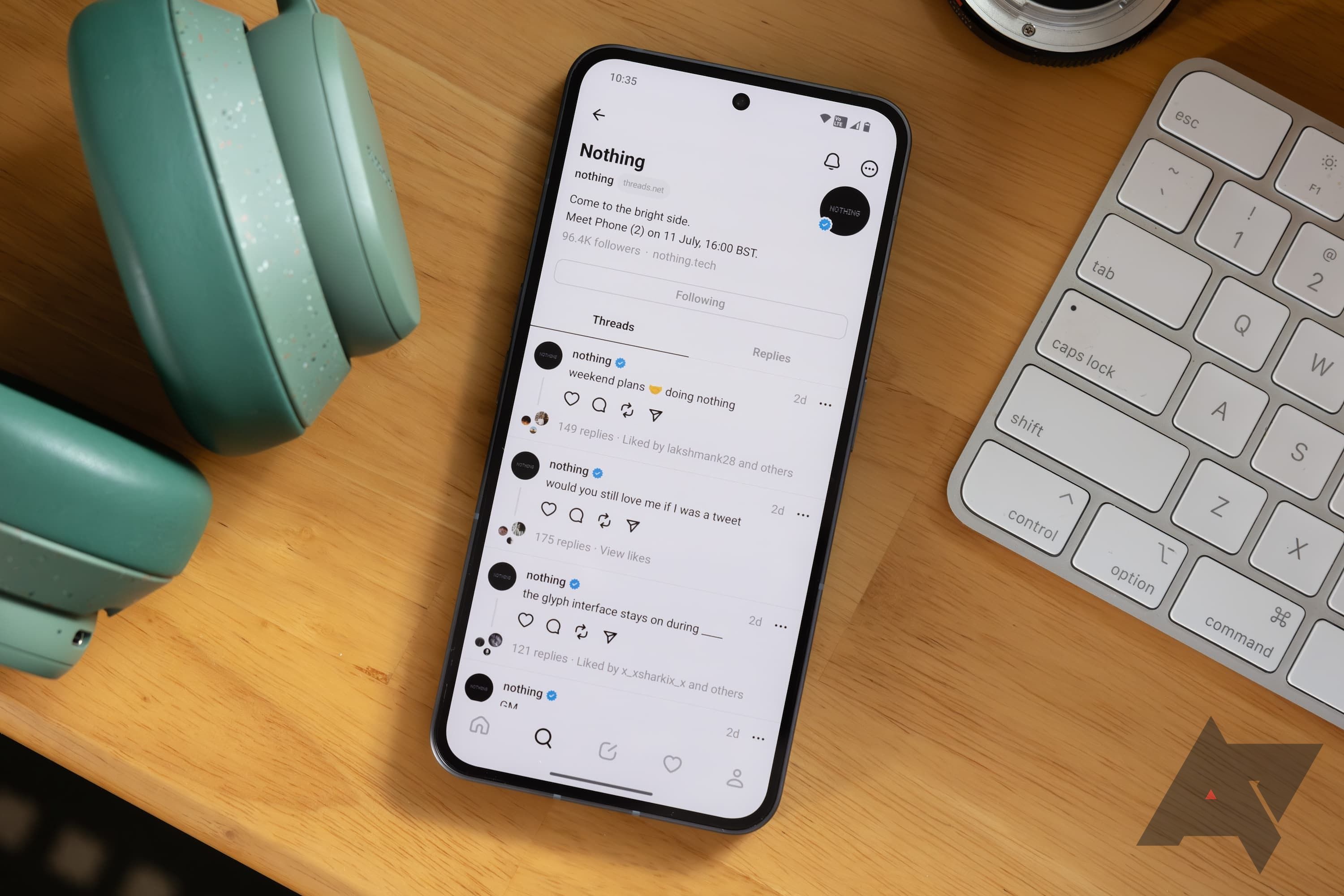
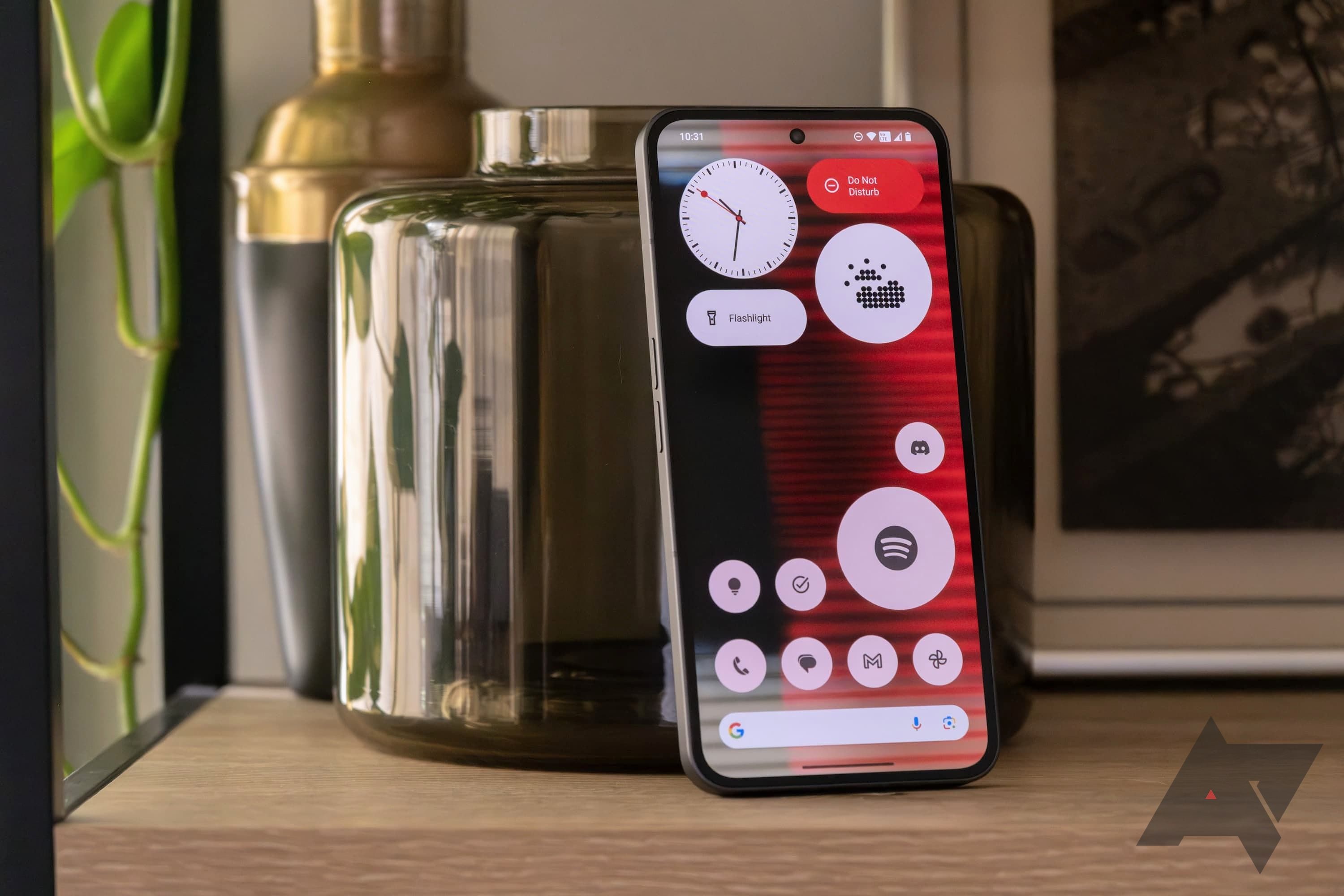
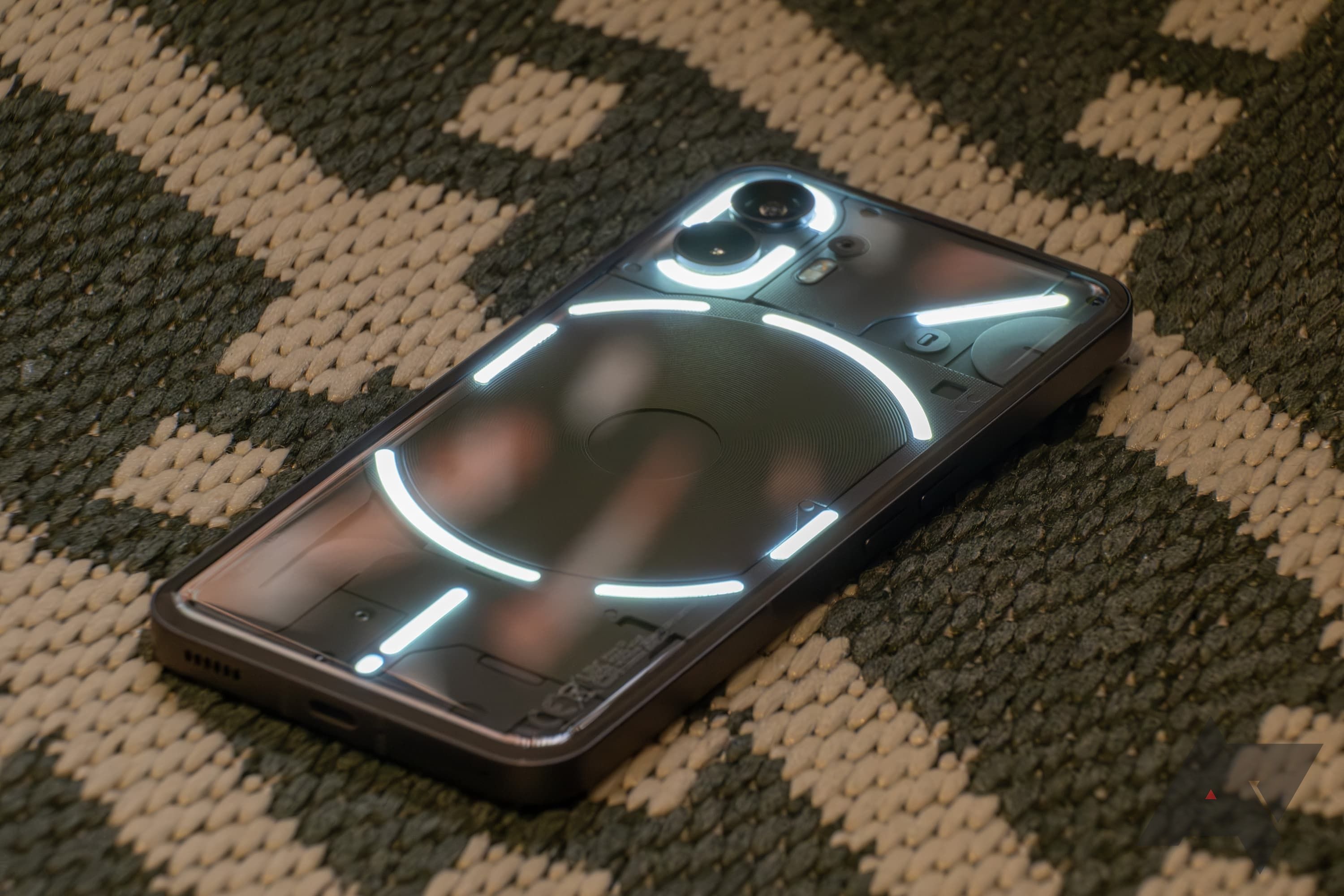
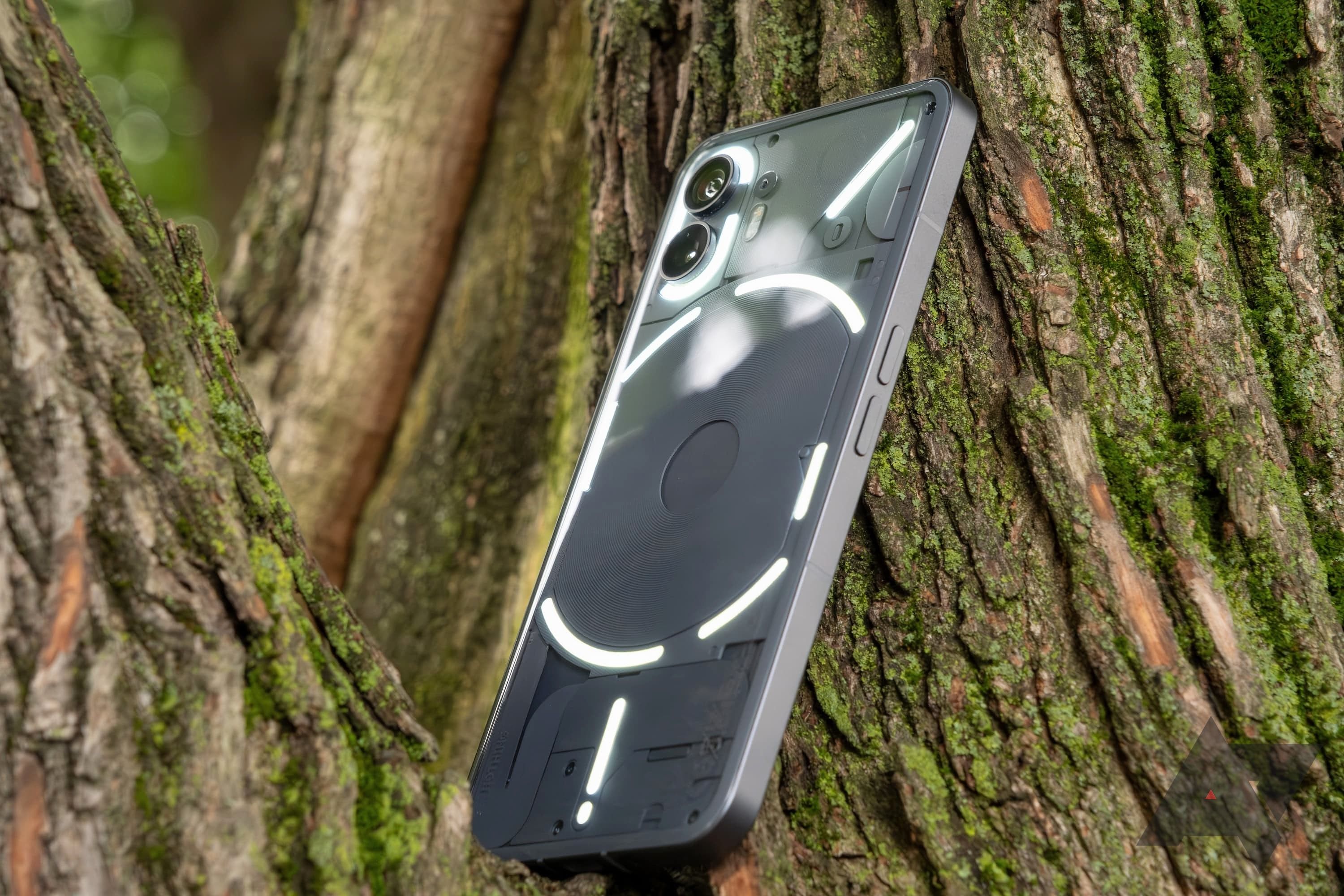
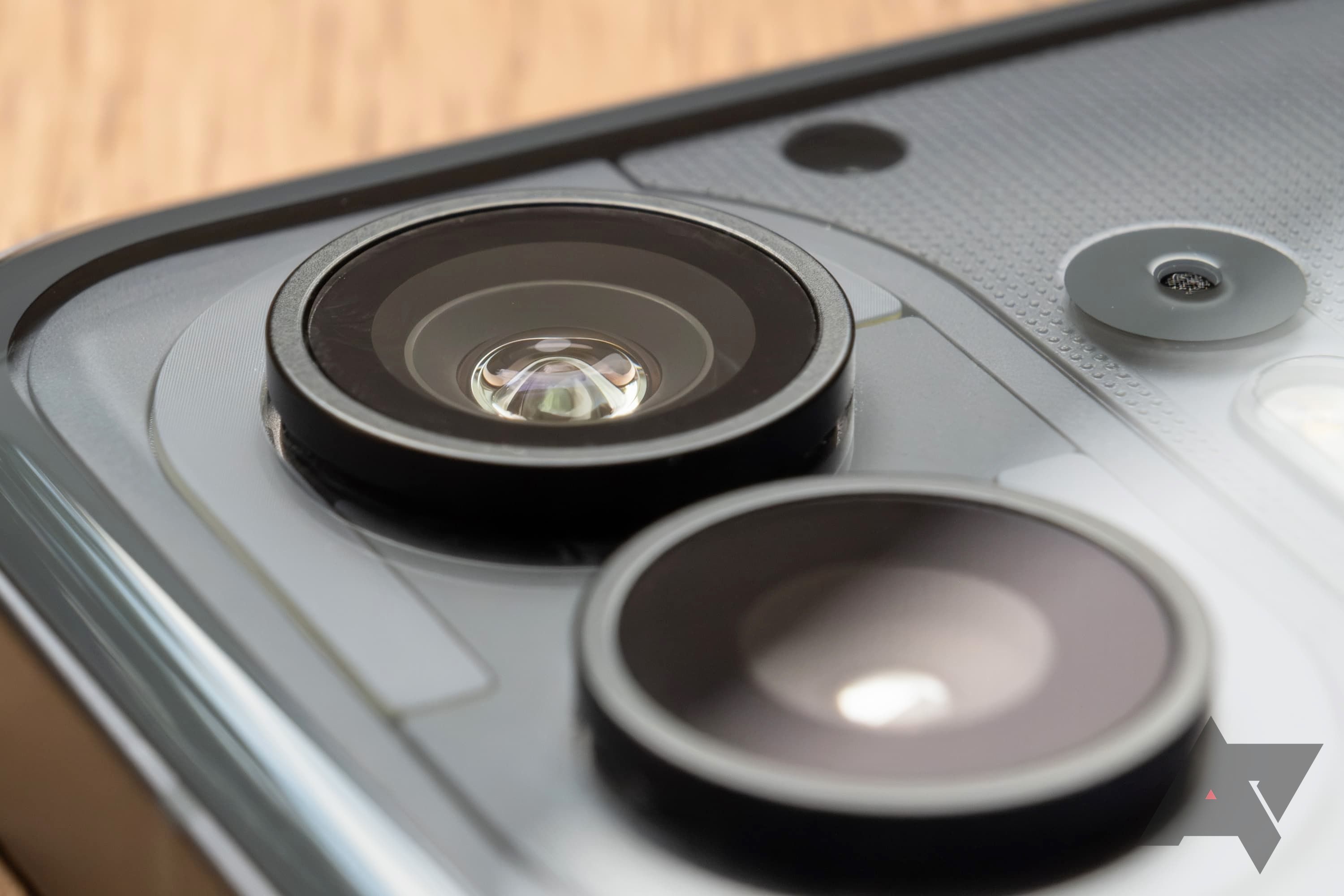
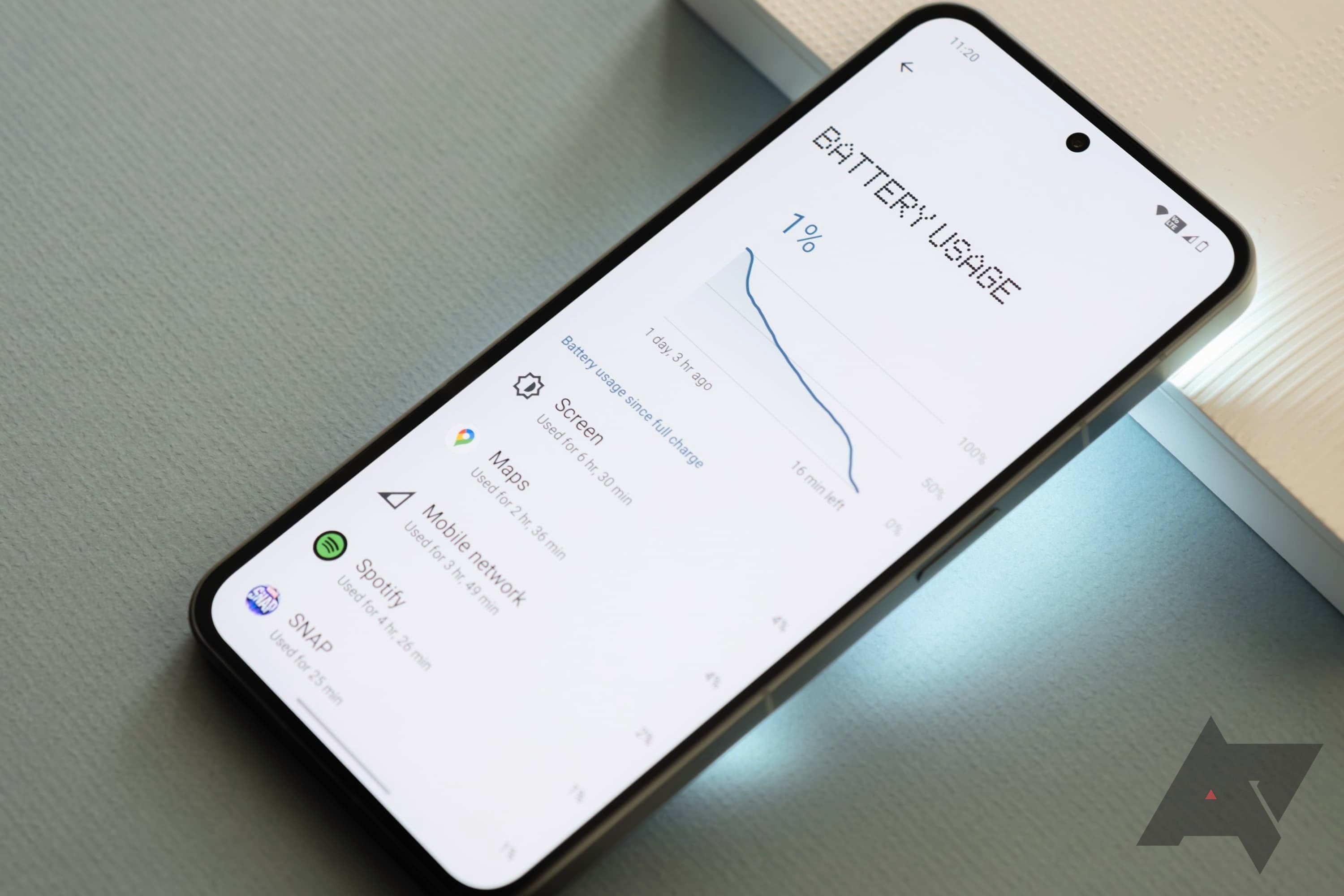
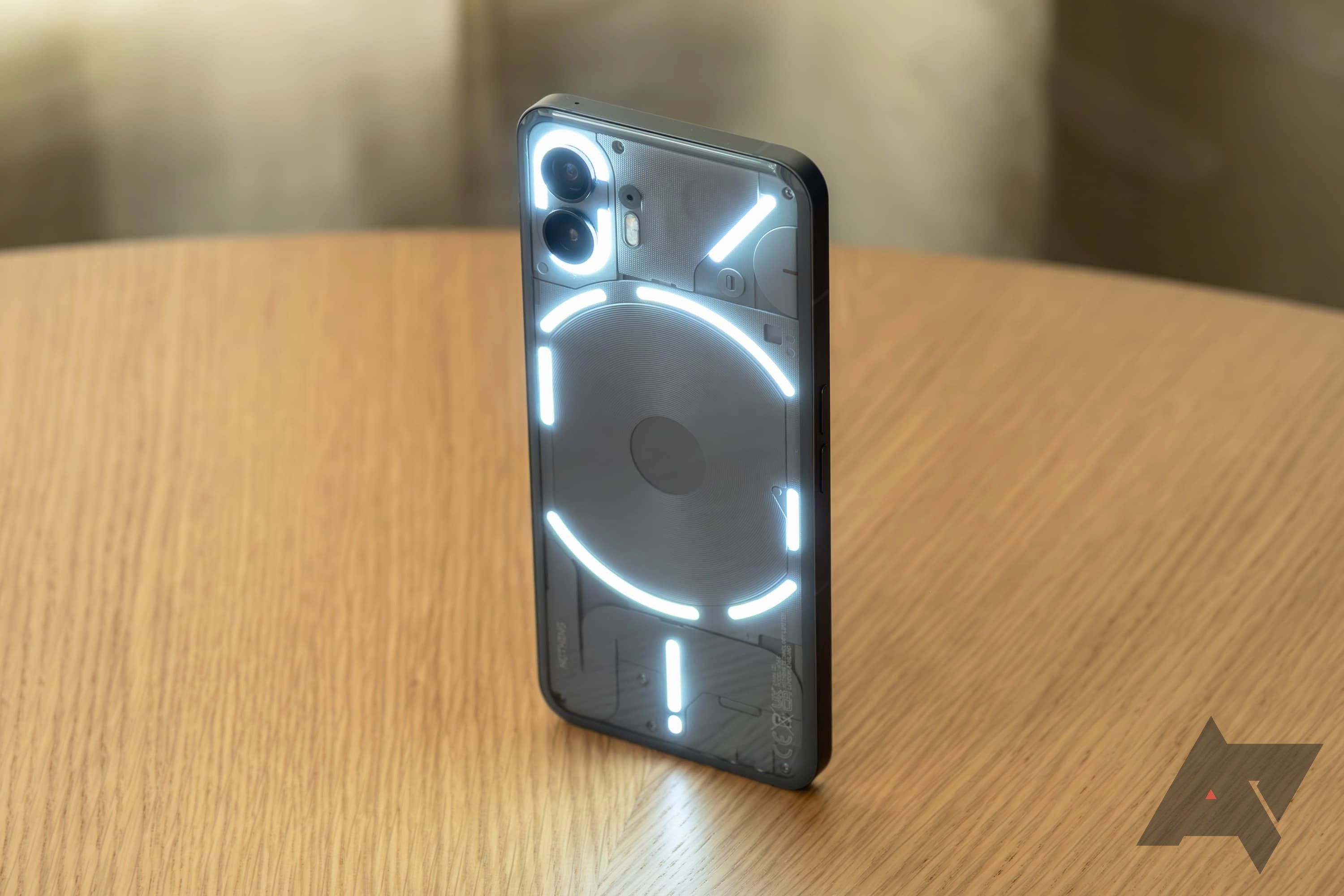
No comments:
Post a Comment